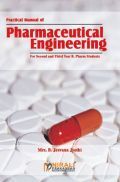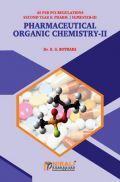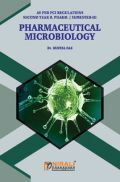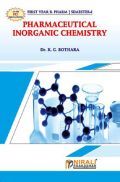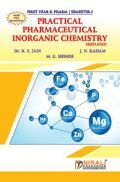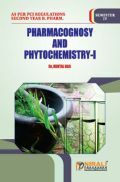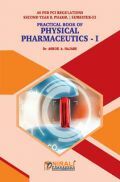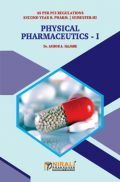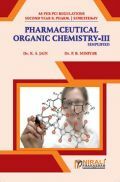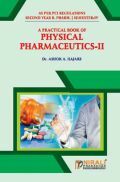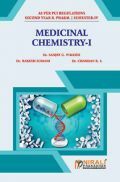Globally a pharmacist is a part of health care team and is therefore a health practitioner. Understanding mechanisms of disease enables him to design and implementation of clinical interventions which often prove effective in treatment of disease. Pathophysiology is an integrative science that draws concepts from many basic and clinical sciences, including Anatomy, Physiology, Biochemistry, Genetics, Cell and Molecular Biology, Pharmacology and Biophysics. The general theoretical framework of the subject Pathophysiology is based upon the theories and related concepts of adaptation and homeostasis. An orientation to disease as disordered physiology can enable a student to understand how and why the symptoms and signs of various conditions appear; the need to understand the mechanisms underlying the disease and its clinical manifestations, so that rational therapies can be devised.
This book Useful for Pharma student.
1. Introduction To Pathophysiology
2. Concept Of Health And Disease
3. Cell Structure And Intercellular Communication
4. Cellular Nutrition And Energy Metabolism
5. Electrophysiology
6. Cellular Mechanism Of Muscle Contraction
7. Cellular Environment
8. Immunity And Related Disorders
9. Inflammation And Healing
10. Cardiovascular Disorders
11. Nervous System Disorders
12. Respiratory Disorders
13. Gastrointestinal Tract Disorders
14. Liver Disorders
15. Endocrine Disorders
16. Urinary Tract Disorders
17. Joint Disorders
18. Reproductive Disorders
19. Anemia
20. Neoplasm
Glossary
Index
Bibliography







